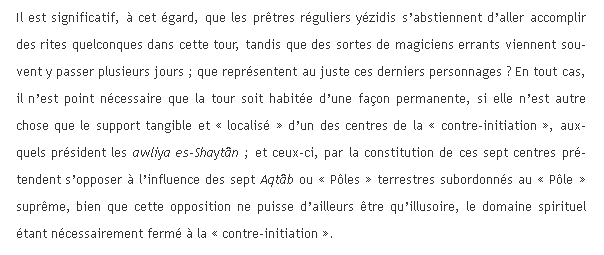MAN AND WOMAN - THREAD
A lot of discussion about relationships, monogamy, polygamy, etc. recently. Here’s Evola’s take:
A lot of discussion about relationships, monogamy, polygamy, etc. recently. Here’s Evola’s take:

Man is the spiritual, supernatural force; Woman, the material, natural. She is seen as a danger and temptation to the spiritual, the cause of the “fall”, or the matter out of which Man creates. 



There need not be opposition between these two principles: Man in his stability becomes like an axis around which Woman gathers herself, becoming his bride and a source of strength. 



Birth is not accidental; being born as a man or woman reflects a spiritual difference superior to the body, and a vocation: Man must realize himself as Man; Woman, as Woman. 

Man has two paths: the warrior (action), and the ascetic (contemplation). Parallel to these are Woman’s two paths: mother (action), and lover (contemplation). Man affirms himself through pure action and detachment, Woman, through giving herself wholly to another and selflessness. 



The task of Tradition is to create solid riverbeds, so that the chaotic currents of life may flow in the right direction. Free are those who do not experience it as a burden, but as recognize and develop themselves in it so that they may realize the highest of their nature. 

Withdrawing from life to a nunnery is one path. The harem is another: withdrawing herself from life, she dedicated herself to one man only, who was loved so unselfishly as to allow other women to share in it, united in the same feeling and fides: a love without conditions. 







The same would be absurd for Man, who realizes himself through inner self-sufficiency and as an axis. This is what motivates Woman to give herself to him. The spirit of the harem is the overcoming of jealousy, selfishness, and the desire to possess – an ascetic path. 





Evola writes that woman’s emancipation is more the result of man’s abdication than their liberation: the man she set out to defeat was the shadow of real Man. No woman who is sexually fulfilled ever feels the need to imitate and envy man. 



The pretension that men should belong to women in marriage is a farce. Woman realizes herself through giving herself completely to a stable virile pole, while man realizes himself through stability and self-assertion – resisting temptation. 







The more radical the polarity between Man and Woman, the greater the magnetism between them. Evola wrote that relationships would become vague, confused, and ambiguous; men unable to interest women, who would lead practical and superficial lives dedicated to themselves. /THREAD 



• • •
Missing some Tweet in this thread? You can try to
force a refresh


























